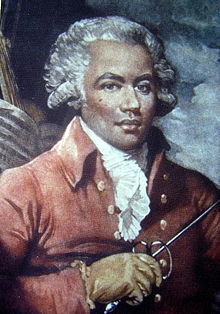Copley’s Theatrical Nun at the Huntington
The Huntington Library in California just announced that it had acquired this “newly discovered painting by John Singleton Copley (1738–1815) depicting celebrated 18th-century British actress Mary Robinson.”
In Boston, of course, Copley had never seen an actress or a nun. In 1768 Myles Cooper paid Copley for what he called “the little Piece which I so much admired, the Nun with the Candle before her,” but scholars think that referred to Copley’s first portrait of his little half-brother, Henry Pelham, reading a thick book by candlelight. [That sketch in oils hangs at the Museum of Fine Arts. I use it as my Twitter avatar.]
According to the institution:
Mrs. Mary Robinson in the Character of a Nun (ca. 1780) is a cabinet portrait, perhaps commissioned by an admirer, of one of Britain's most famous actresses of the late 18th century.
Lost for generations until it was sold in 1999 at auction as a French painting of an unknown sitter, the newly identified work portrays Robinson in her role as Oriana in George Farquhar’s comedy The Inconstant; or The Way to Win Him, which she performed on the London stage in the spring of 1780. In the course of the play, Robinson's character engages in a series of ruses—dressing as a nun, feigning madness, and finally disguising herself as a pageboy—to win the heart of her love interest.
The portrait was painted just a few years after Copley, who had already established himself as a leading portraitist in colonial America, moved from Boston to London to test his skills at the Royal Academy, and at the height of Robinson's career.
As for Mary Robinson, she went on to have relationships with the Prince of Wales, Banastre Tarleton, and Charles James Fox. So she didn’t make the nun’s role a habit.


